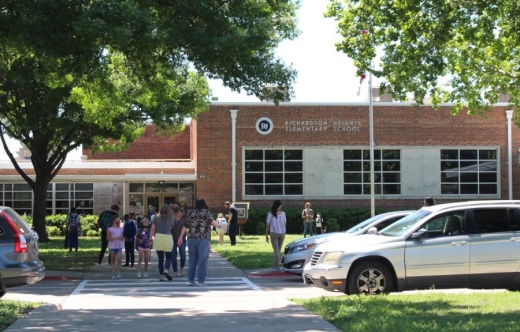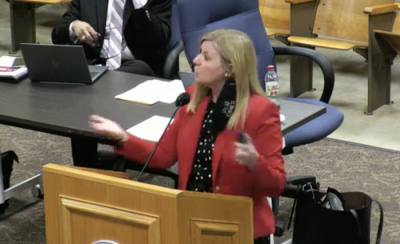Gov. Greg Abbott announced the release of $11.2 billion for Texas public schools from the third round of federal funding from the Elementary and Secondary School Emergency Relief Fund in an April 28 press release. The funds will be dedicated to help districts address student learning loss and costs incurred during the pandemic. Due to federal requirements, just two-thirds of the funding is available immediately, Abbott said, through grants administered by the Texas Education Agency.
Applications for grants are now open, according to the TEA.
The remaining one-third of the funding is expected to be released later this spring, according to the TEA, after the state gets federal approval.
According to the data, RISD is set to receive an initial allocation of about $46.38 million, which equates to two-thirds of its total allocation, and another $23.19 million in the remaining allocation.
Richardson ISD staff presented the board of trustees with an academic acceleration plan April 19 that is designed to address student learning gaps due to the effects of the coronavirus pandemic. The plan is proposed for the fiscal year 2021-22 budget using funds from the ESSER program.
"These funds really are about addressing the learning recovery that is needed as a result of the pandemic, and allowing districts to be incredibly creative and innovative in how they do that," Deputy Superintendent Tabitha Branum said during the May 3 RISD board meeting. "It all is really tied to how [the district is] addressing student support, whether it's social emotional support or academic recovery."
RISD’s academic acceleration plan includes one-time expenses of $4.1 million and a two-year recurring cost of $28.22 million per year. During the May 3 meeting, Superintendent Jeannie Stone noted districts across the state are concerned about loss of enrollment and the effect that could have on budgets.
"A number of districts are having to really struggle about how they're going to be able to be build their budgets this next year," Stone said. "But it's not a time for us to start making cuts, this is a time to accelerate."
The district's plan includes funds for summer intervention and enrichment, an expansion of the district intervention team, student and teacher support and more.
Texas public schools were allotted $1.3 billion in the first round of ESSER funding. In an April 14 presentation to the State Board of Education, Commissioner of Education Mike Morath said those funds were used to fund hold harmless in the 2019-20 school year. The hold harmless provision ensured school districts received state funding based on their projected enrollment despite attendance declines, potentially preventing teacher layoffs and other budget cuts, he said.
The second round of ESSER funding, which amounted to $5.5 billion, has not been distributed to Texas public school districts.
"We're still waiting on [the second round of] ESSER funds," Stone said. "There are some waivers and things that are held up at the federal level, but in a meeting last week, [Morath] said that he felt like he could give us great confidence in believing that that money will be coming our way."
"We're still waiting on [the second round of] ESSER funds," Stone said. "There are some waivers and things that are held up at the federal level, but in a meeting last week, [Morath] said that he felt like he could give us great confidence in believing that that money will be coming our way."







